Finland: The World's Happiest Nation
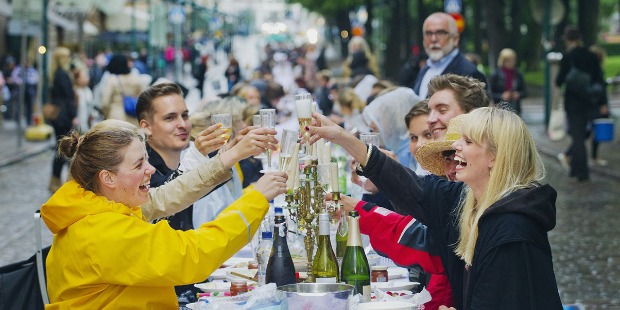
Success of a nation is certainly not measured by the invasion it has made in recent days, months or else years. Success is also not measured by being the Super Power of the universe. Success is also not measured by the technological innovation a nation has innovated in modern times. Success of a nation is measured by its overall achievement of good governance by the leaders of the nation.
A nation is ‘Successful’ only when the citizen enjoys a life, which is joyful and happy, because of effective able governance by leaders of the nation! It is the most significant achievement for Finland as ‘the’ nation, when it was declared as the ‘World’s Happiest Nation’ among 195 nations of the world.
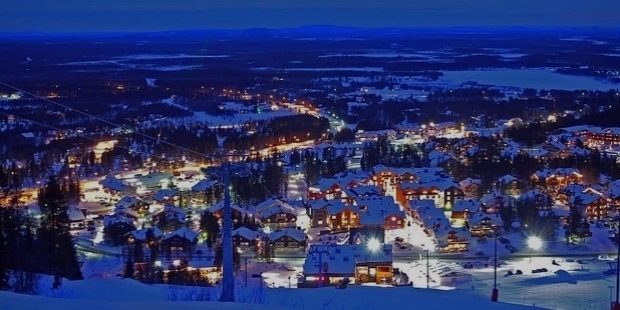
FINLAND was declared the ‘HAPPIEST NATION OF THE WORLD’, based on a global happiness levels’ ranking report, across 156 nations. The United Nations Sustainable Development Solutions Network has been producing the ‘World Happiness Report’, since the last 6 years. On the 14th of March 2018, the report was announced and Finland successfully achieved the No. 1 spot.
The Process:
The United Nations Sustainable Development Solutions Network, prominent Economists from Columbia University, the London School of Economics Centre for Economic Performance and the University of British Columbia each prepare the ‘World Happiness Report’ to adjudge the ‘Happiest Nation of the World’. Data are collected from the Gallup World Poll to know why and which nation is the happiest in the world.
The ‘World’s Top 10 Happiest Nations’ are more or less the same, since the last two years. The often shuffle positions year after year. ‘Cantril Ladder of Life Scale’, the measurement of happiness and well-being is used for the Gallup World Poll.
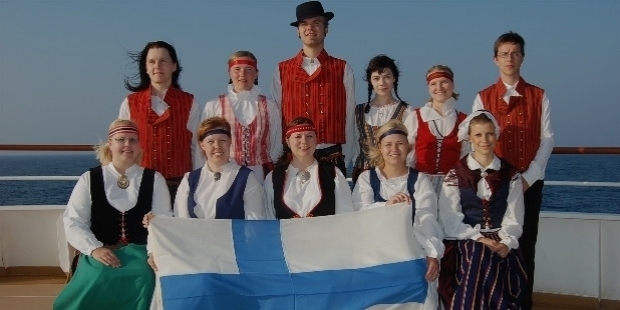
GDP per capita income, healthy life expectancy, social support, freedom, trust or absence of corruption and generosity are the six key variables, which contribute to overall well-being of high values of a nation.
The Top 10 Happiest Nations of the World:
The ‘Top 10 Happiest Nations’ are ranked, based on the Cantril Ladder of Life Scale:
10. Australia: 7.272
9. Sweden: 7.314
8. New Zealand: 7.324
7. Canada: 7.328
6. Netherlands: 7.441
5. Switzerland: 7.487
4. Iceland: 7.495
3. Denmark: 7.555
2. Norway: 7.594
1. Finland: 7.632
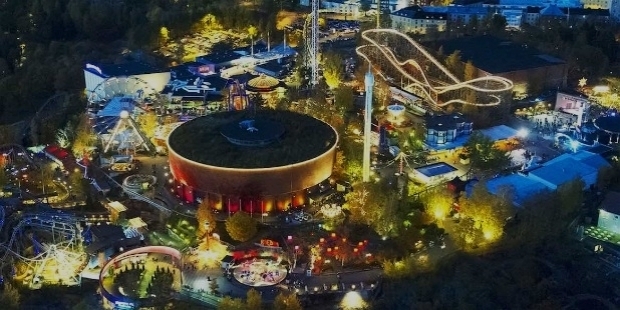
Finland: The No. 1 Nation:
Finland is the 8th largest country in the European Union. With a sparse population of 5,542,517, the nation has 0.1% of the total world population. Finland is a ‘Parliamentary Republic’ with a Central Government, Local Governments in 311 Municipalities and the one autonomous region of the Åland Islands. The Parliament is based in the Capital City of Helsinki.
Finland’s majority of the population is concentrated in the Southern Region. A total percentage of 88.7 of the population are Finnish. They speak Finnish, a Uralic language unrelated to the Scandinavian languages. 5.3% of the population constitutes the Finland-Swedes. One-third of Finland’s GDP is produced by the 1.4 million plus population living in the Greater Helsinki metropolitan area. As per the 2018 estimate, Finland’s GDP was recorded at a spectacular $242.440 billion.
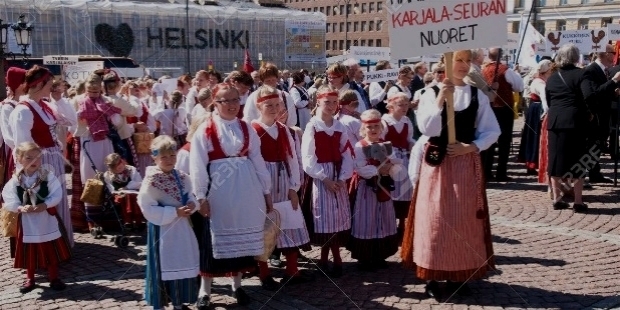
Marching Towards Prosperity:
Finland was largely an agrarian nation till the 1950s. Post-World War II, the Soviet Union demanded compensation from Finland in money and materials, like ships and machinery. Industrialization became ‘the’ necessity for the nation. The nation built an extensive welfare State, based on the Nordic model. The result developed an advanced economy. Prosperity spread across the nation, spreading cheer and joy, with one of the highest per capita incomes in the world.
Finland’s per capita income $45,787, as per 2018 estimate, equals other European economies like Germany, France, UK and Belgium. Service sector, the largest sector, contributes 66% of nation’s GDP. The manufacturing and refining sectors add another 31% in the GDP. 2.9% is Primary Production’s share.
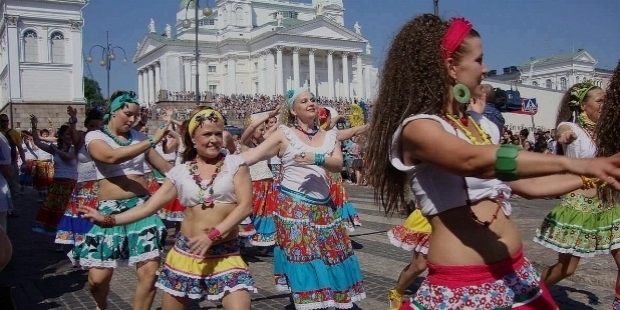
The ‘Happiest Nation of the World’ has the third-lowest population density among the European nations, behind Norway and Iceland. Finland has an average population density of 18 people per sq km. Finland has the lowest stillbirth rate among the 195 countries in the world, as per the Lancet Medical Journal’s recent studies. Nearly 19% of health care is funded directly by households and 77% by taxation.
Finland was ranked 2nd in ‘Gross National Happiness’ as per the Earth Institute report, published in April 2012. As a top performer in numerous metrics of national performance, including ‘Education’, ‘Economic Competitiveness’, ‘Civil Liberties’, ‘Quality of Life’ and ‘Human Development’ – Finland has achieved greater success as a nation, compared to other countries of the world.
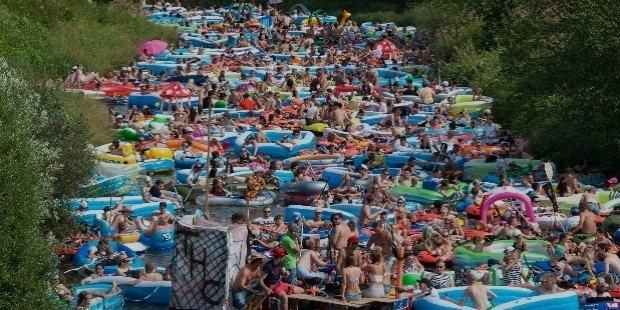
For the period of 2011 – 2016 in the Fragile States Index, Finland was adjudged as the most stable country in the world and was ranked 1st in the World Human Capital and the Press Freedom Index. Finland was ranked 2nd in the Global Gender Gap Report in 2015. The Finnish Constitution guarantees ‘Freedom of Religion’. Majority of the citizen are members of the Evangelical Lutheran Church.
Education is Compulsory:
Education is compulsory for children between the ages of 7 to 16. After lower Secondary Schooling, graduates may apply to Trade School or the Upper Secondary School called ‘Gymnasiums’. They also have an option to enter the workforce directly.
Pre-school education is rare in Finland. Formal education usually begins at the age of 7. Primary school takes 6 years and lower secondary school 3 years. Municipal officials manage most of the schools. An astonishing 3% of students are enrolled in private schools in Finland. These private schools are mostly specialist language and international schools.
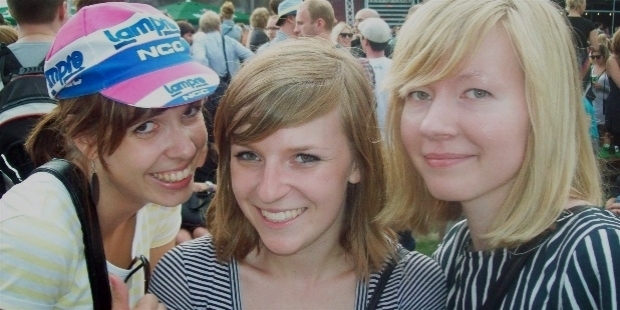
Finland has the highest percentage of educated population in the world. 38% of the population has a university or college degree. The country has had a long tradition of adult education.
Parents spend more time with their children. The fact is gratifying as reported by the OECD in December 2017. Fathers spend an average of 8 minutes a day more than mothers do, with their school going children.
Free Press:
The ‘Press’ enjoys total freedom in Finland. It is rated as the ‘Freest in the World’. In Finland, the emphasis on transparency and equal rights are of high importance and significant.
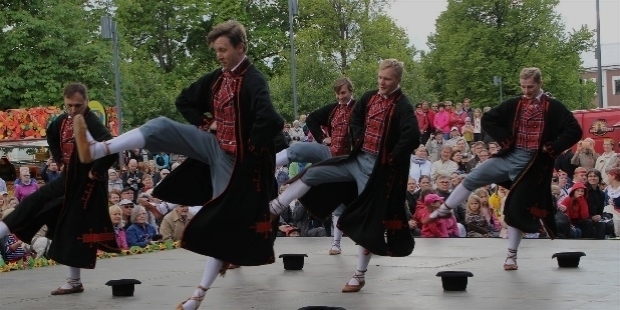
There are around 200 newspapers, 320 popular magazines, 2,100 professional magazines, 67 commercial radio stations, three digital radio channels and one nationwide and 5 National Public Service Radio channels. 12,000 book titles are published every year in Finland. 12 million records are sold every year.
Broadband Access is a Legal Right:
93% of Finland’s population was online by the end of 2015. Broadband access is a legal right for every citizen. It is indeed highly commendable by any standards in the world. Finland’s Ministry of Transport and Communications ensured Internet minimum speed of 1 megabit-per-second for every citizen, way back in 2010.
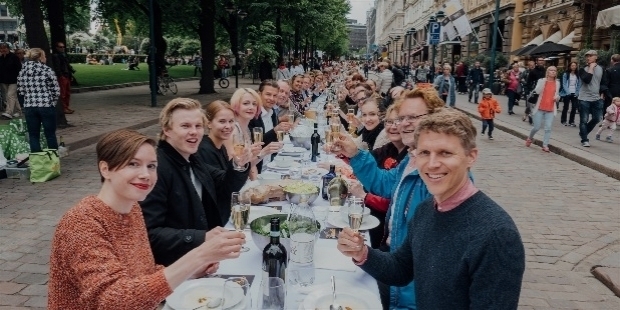
Finnish Schools and Public Libraries are well-equipped with internet connections and computers. Majority of residents possess mobile phones. Finland is renowned across the world for major ‘demoscene’ achievements, especially due to largest Annual Demo Party Assembly.
Architecture:
Spanning over 800 years, architecture of Finland has a notable history. Before the 19th Century, churches, castles and fortresses were built with stones. Jugenstil, Nordic Classicism and Functionalism of Finnish architecture has contributed significantly to several styles internationally. Up until the 20th Century, wood from Finland’s predominating forests provided the natural building material for both housing and public buildings.
Finland’s architect Eliel Saarinen, his son Eero Saarinen and Alvar Aalto are renowned figures in the history of world architecture. Eliel Saarinen’s design creations are prominent structures of the nation. He has greatly influenced the Jugenstil or Art Noveau architecture. The Helsinki Central Railway Station and the Cranbrook Academy of Art in Michigan stands tall like his stature as the architect. He migrated to the United States.
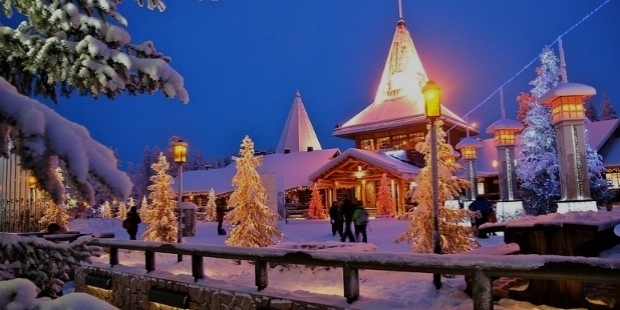
Eero Saarinen was born in Finland. However, he is an American citizen and renowned as an American architect. The TWA Flight Center at New York's Kennedy Airport and the Gateway Arch in St. Louis are hallmark of Eero Saarinen’s design creations.
Alvar Aalto is one of the most renowned figures in the history of Modern Architecture. He has played an influential role to bring in ‘Functionalist Architecture’ in Finland. His reputation is second to none for developing a more organic style of modernist architecture. The Viipuri Library, Vyborg and the Baker House dormitory at Massachusetts Institute of Technology, Cambridge, Massachusetts in USA are some of Alvar Aalto’s renowned design creations. He creates amazing furniture designs and glassware. The ‘Paimio Chair’ and ‘Savoy Vase’ are famous works of the amazing architect.









